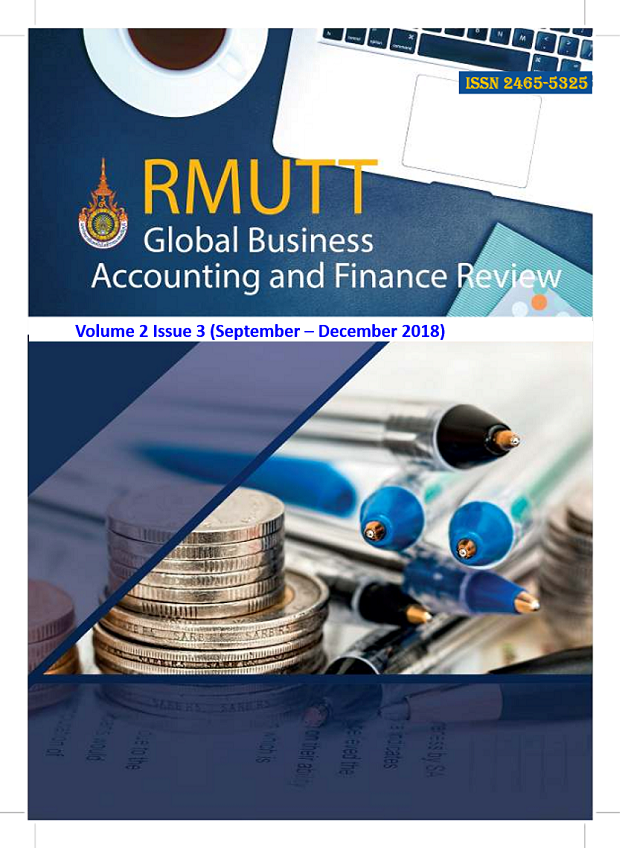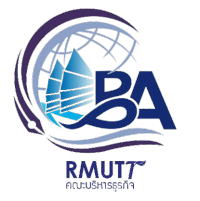READINESS AND REASONS FOR USING INTERNET OF THINGS
Keywords:
TRI2, IoT, the Internet of ThingsAbstract
This article presents an exploration of the various factors, such as readiness, attitude and subjective norm, affecting the use of the Internet of Things (IoT). The sample of this study was 39 respondents with knowledge of the Internet of Things. The study used mean, standard deviation, correlation analysis, regression equation analysis, and path analysis as statistics tools for data analysis. The result showed that the attitude (AB) toward using Internet of Things and subjective norm in Internet of Things of the respondents were at a high level. The respondents’ technology readiness was at a moderate level. The intention of using the Internet of things was at a high level. According to regression analysis, the factors that influenced the behavior intentions (BI) to use the Internet of Things were subjective norm (SN) and technology readiness index 2.0 (TRI2). The multiple linear regression equation was BI = .731SN + .239TRI2. Since there was a correlation among BI, SN, AB, and CON, a contributor group of TRI2; the path analysis was conducted. After model fitting, the causal model statistics were: = 2.246, degree of freedom = 2, p = .323,
/df = 1.123, RMR = .030, and Goodness of Fit Index = 97.2. There were two equations from fitted model which were BI =.453 CON + .515 SN and CON = .703 AB.
References
Ajzen, I. (1985). From intentions to actions: A theory of planned behavior. In Action control (pp. 11-39). Springer, Berlin, Heidelberg.
Ajzen, I., & Fishbein, M. (1980). Understanding attitudes and predicting social behaviour.
Ashton, K. (2009). That ‘internet of things’ thing. RFID journal, 22(7), 97-114.
Davis, F. D. (1985). A technology acceptance model for empirically testing new end-user information systems: Theory and results (Doctoral dissertation, Massachusetts Institute of Technology). Sloan School of Management, Massachusetts Institute of Technology, Cambridge.
Davis, F. D. (1989). Perceived usefulness, perceived ease of use, and user acceptance of information technology. MIS quarterly, 319-340.
Fishbein, M., & Ajzen, I. (1977). Belief, attitude, intention, and behavior: An introduction to theory and research.
Gabbai, A. (2015). Kevin Ashton describes ‘the Internet of Things’: The innovator weighs in on what human life will be like a century from now. Smithsonian Magazine, 8-15.
Jotikasthira, C., & Onputtha, S. (2017). Factors associating with purchasing decision of gems and jewelry and possible implication of online marketing to empowering entrepreneur's sale performance. International Journal of Applied Computer Technology and Information Systems, 7(2), 47-55.
Khan-Am, W. (2017). Analysis Factors Affecting an Application to Knowledge of SME. RMUTT Global Business Accounting and Finance Review, 1(1), 15-26.
Kuo, K. M., Liu, C. F., & Ma, C. C. (2013). An investigation of the effect of nurses’ technology readiness on the acceptance of mobile electronic medical record systems. BMC medical informatics and decision making, 13(1), 88.
Larasati, N., & Santosa, P. I. (2017). Technology readiness and technology acceptance model in new technology implementation process in low technology SMEs. International journal of innovation, Management and Technology, 8(2), 113.
Lin, C. H., Shih, H. Y., & Sher, P. J. (2007). Integrating technology readiness into technology acceptance: The TRAM model. Psychology & Marketing, 24(7), 641-657.
Madakam, S., Ramaswamy, R., & Tripathi, S. (2015). Internet of Things (IoT): A literature review. Journal of Computer and Communications, 3(05), 164.
Parasuraman, A. (2000). Technology Readiness Index (TRI) a multiple-item scale to measure readiness to embrace new technologies. Journal of service research, 2(4), 307-320.
Rangsom, K., & Khan-am, W. (2018). A Confirmatory Factor Analysis for Developing TRI 2.0: Structure Model Under Internet of Things Context. International Journal of Applied. Computer Technology and Information Systems, 8(1). 45-49.









